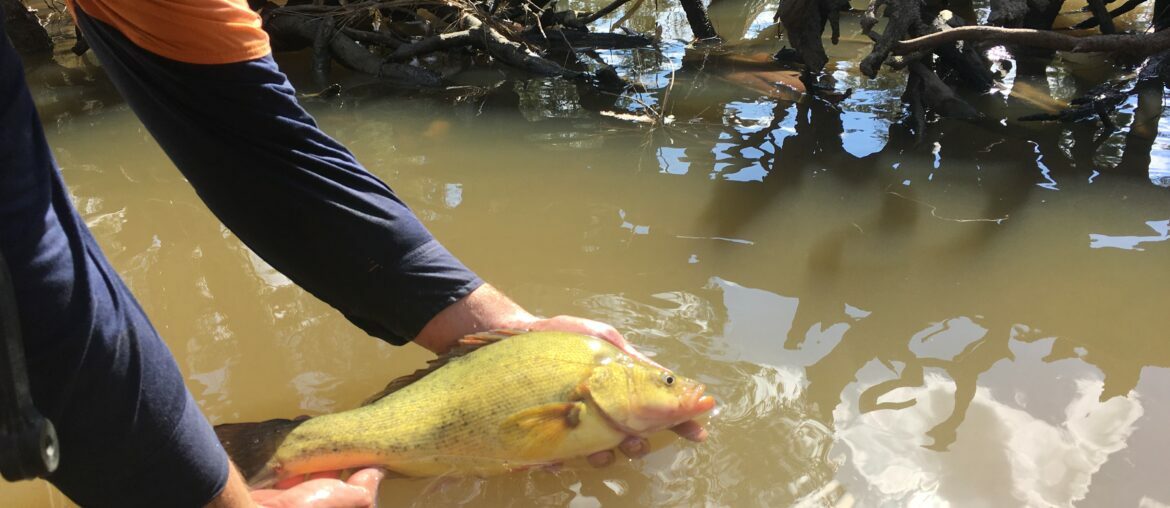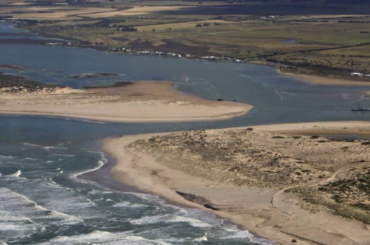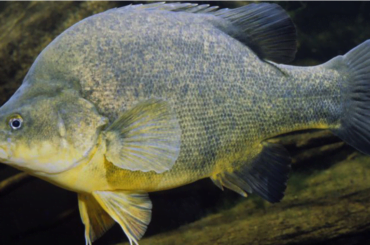With a wet summer already here and more rain on the horizon, how will water managers and agencies within the Murray-Darling Basin be supporting rivers and fish populations this summer? This article will explore
- where responsibilities lie between water management agencies in the Murray-Darling Basin,
- what they will be doing to help native fish and other aquatic plants and animals this summer,
- and importantly who to call if you spot environmental changes like fish deaths, blackwater or flooding.
La Niña’s rainfall and flooding over the last three years have dominated news cycles, along with Australia’s south-eastern river ecosystems, their ecological inhabitants and those working to manage and protect them. Native fish, in particular, are facing challenges from the flooding, which has caused hypoxic blackwater across parts of the Murray-Darling Basin. Widespread and prolonged flooding and hypoxic blackwater are expected across parts of the Basin, threatening native fish populations that, in many cases, are still recovering from the drought and fires in 2019, not long ago.
It is distressing to see our native fish and aquatic animals suffering from the effects of large-scale hypoxic blackwater events. Unfortunately, however, there are very few options available to actively manage these impacts. Warmer water temperatures over summer increase the risk and severity of further hypoxic blackwater events. With more floods persisting this summer across the Southern Murray-Darling Basin, areas with a history of blackwater events will be at high to extreme risk of further blackwater events through until the end of Autumn. There is a high chance that fish may be left stranded in many areas of the floodplain as floodwater recede.
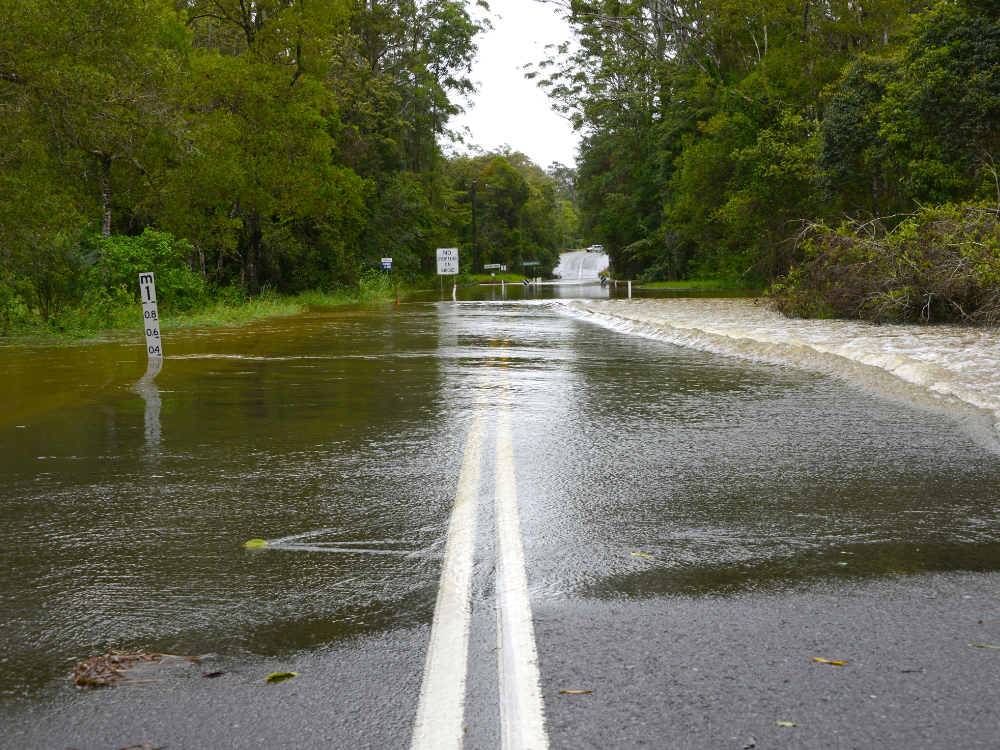
What is blackwater and how does it cause fish deaths?
Hypoxic blackwater events (or ‘blackwater’) are when river waters appear black or dark brown. This is due to high levels of dissolved organic carbon (DOC). The DOC comes mainly from organic matter such as leaves and other organic debris washed from the banks and floodplains during a flooding. This can collectively be refereed to as floodplain ‘litter’ or ‘carbon’. This carbon is important to river productivity and food webs – naturally occurring bacteria process the DOC, which then get consumed by bigger organisms up the food chain, increasing zooplankton and macro-invertebrate abundance which are, in turn, eaten by fish.
However, drought combined with unnaturally long durations between flood events, resulting from the regulation of rivers and capture of water in large storages, can lead to an excessive build-up of the floodplain litter load. That is, regular small to middle sized floods are avoided by river regulation and water storage. On top of this, severe droughts cause stress to floodplain vegetation like River red gums – which often respond by dropping leaves to reduce their own water needs. Flooding after bushfires can also lead to blackwater events, as slugs of ash and sediment are washed into waterways, and oxygen is stripped from the water.
Consequently, when big floods that are too big to be managed or regulated finally occur, huge loads of floodplain litter are washed into the river channel. Bacteria rapidly multiply to consume the sudden windfall of nutrients and DOC, This increased microbial activity rapidly consumes the dissolved oxygen in the water, leading to low oxygen (hypoxic) conditions that native fish struggle to survive in. If the oxygen level in the water drops too low, organisms that depend on dissolved oxygen for survival become stressed and may die (like fish – who ‘breathe’ dissolved oxygen with their gills). This is called a ‘hypoxic blackwater event’.
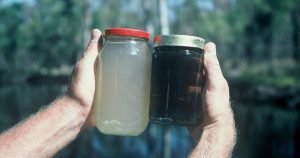
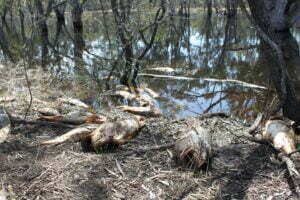
How State and Federal agencies support native fish
State government agencies lead the response to blackwater events and fish deaths. State government agencies are the first point of call for native fish-related emergencies. These agencies tend to operate at catchment scales, looking at localised events, like fish-deaths.
The Murray-Darling Basin Authority (MDBA), focuses on the long-term recovery of native fish populations at the whole of Basin scale. The MDBA’s response usually occurs after significant events. This is because recovery from large-scale fish deaths can take many years. The MDBA also supports state government agencies during fish deaths and other significant events. Previous fish death events have shown that native fish population recovery can take 5 years or even longer for some fish species. This is particularly the case for Murray cod, whose population recovery is slow, sometimes taking decades, to recover.
Emergency protection actions used by state and federal agencies vary but include;
- Joint-agency blackwater response groups, led by State government agencies respond to blackwater incidents within their local catchments. These serve to compile new information to provide advice on fish kills or likely hypoxic events. Unfortunately, during large flood events that are unregulated there is little that can be done to avoid hypoxia.
- Water for the Environment may be released from storages into rivers when the flood starts to recede to dilute hypoxic water that is dragged back into the river channel as water returns from the floodplain. Unfortunately, this doesn’t help during the peak of flooding, during which time flows are unregulated.
- Water for the environment may also be delivered via irrigation infrastructure (channel systems known as ‘escapes’) to provide localised refuges with improved water quality and oxygen levels for fish and other aquatic animals where the water ‘escapes’ back into a river. This is highly valuable for the survival of individual organisms, however, the benefits are localised.
- During large blackwater events, the potential for aeration devices is extremely limited. There may however be small locations where artificial aeration can potentially provide small relief to localised fish communities. Monitoring during these current floods is likely to improve our understanding of the success of artificial aeration during blackwater floods for high-value fish populations.
- Strategic rescues of priority threatened fish species are also used. The numbers of fish rescued is generally a small percentage of the population. Rescued fish are housed in captivity until they can be returned safely to their capture location, with some retained to contribute to existing breeding programs

- Introducing fishways at barriers like weirs and dams enhance connectivity between habitats for fish. Connectivity is critical for recolonisation which contributes substantially to native fish population recovery. Connectivity past barriers like dams and weirs utilising ‘fishways’ is essential for recovery.
- Stocking of waterways with priority fish species is often undertaken once conditions improve. While this is beneficial, in many areas, this is only an interim replacement for natural fish breeding, which in response to suitable flow regimes, is a greater contributor to the recovery of fish stocks.
Overall, agencies are looking to improve waterway health, flow regimes, and fish habitat, which benefit native fish and aids their long-term recovery.
What to do if you spot significant changes to a waterway
These summer holidays make sure to report any illegal fishing, fish deaths or disease, especially of native fish, to your state authority. The emergency phone numbers for each state and territory are below:
New South Wales: Fishers Watch – 1800 043 536
Victoria: Environment Protection Authority – 1300 EPA VIC (1300 372 842)
South Australia: Fishwatch Hotline – 1800 065 522
Queensland: Dept of Environment &Science – 1300 130 372, Fishwatch hotline 1800 017 116
Australian Capital Territory: Access Canberra – 13 22 81
Western Australia: Fishwatch – 1800 815 507
Northern Territory: Fishwatch – 1800 891 136
Tasmania: Fishwatch – 0427 655 557
Main photo: Golden perch being released after tagging. Source: Pam Clunie
